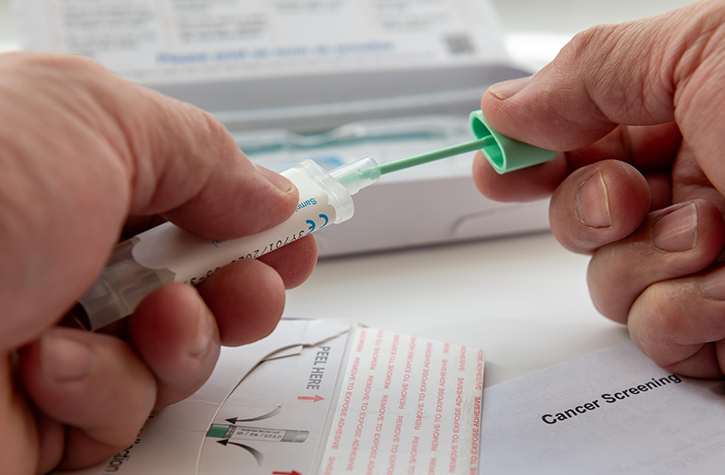August 11, 2021
A follow-up program for Kaiser Permanente Northern California (KPNC) patients discharged from the hospital was associated with reduced readmissions without increased mortality, new research in the journal BMJ suggests.
The analysis by investigators at the Kaiser Permanente Northern California Division of Research and Stanford University examined outcomes of the Transitions Program (a readmission reduction program) from mid-2010 to the end of 2018. The evaluation found that supporting high-risk patients for 30 days after discharge reduced the risk of readmission to the hospital by 10% without increasing patient mortality.
“Hospitals all over the country have tried to decrease readmissions, but every place was doing it a different way,” explained co-author Gabriel Escobar, MD, research scientist with the Division of Research. “So we developed a predictive model in 2015 to identify patients at risk of returning to the hospital so they could be referred to Transitions case managers.”
“This work highlights the importance of careful implementation — simply having a predictive model does not necessarily result in improved outcomes,” said co-author Vincent Liu, MD, MS, research scientist with the Division of Research. “Close coordination was required among researchers, clinicians, electronic medical record teams, and case managers to achieve successful implementation.”
Hospital patients assessed on discharge as scoring in the high range of the Transition Support Level risk score — or referred by a physician — are followed for 30 days by a case manager. The Transitions program was rolled out to all 21 KPNC hospitals starting in 2015 to reduce variation in their approaches to discharged patients.
“We have found that the combination of an accurate predictive risk score, standardization of the discharge process across our 21 hospitals, and careful integration with clinicians and case managers carrying out care coordination has had a real positive impact on care quality,” Dr. Liu added.
The BMJ analysis examined 1.5 million hospital admissions, comparing outcomes for those before the Transitions Program was put in place with those after. About 20% of hospital patients were enrolled in Transitions once it began and initial outreach to them by Transitions personnel was successful in 35.7% of patients. They had an average of 5.82 documented contacts with a case manager in the 30 days after discharge and 89% had a referral to a primary care physician.
Case Managers on the Phone
The Transitions program maintains case management teams of registered nurses and social workers assigned to each Kaiser Permanente Northern California hospital to provide a safety net for high-risk discharged patients. After consulting the patients’ medical record for background, the case managers contact referred patients by phone and follow up once or twice a week as needed to ensure patients understand any medications and follow-up medical visits. The teams also identify any social issues that could hinder patient recovery, such as housing insecurity, complex family issues, or financial problems.
“It’s really a program of compassion, assisting our members during an acute illness, which can be overwhelming,” said Pamela Galley, KP Northern California vice president, continuum of care. “It’s such a valuable program that leverages our integrated structure. And our team has grown over time in their knowledge of community resources and ways to help.”
Shideh Shadan, MD, associate medical director for care transitions with The Permanente Medical Group, said it was gratifying to see the study’s results.
“Our patients are quite complex so many of them do benefit from care coordination post-discharge,” Dr. Shadan said. “We have learned from this process over time what kind of problems patients have, and resolved those with quality improvement changes such as timely lab results and medications.”
While interventions to reduce readmissions are common, there are few large-scale evaluations with clear, unambiguous positive results, said lead author Ben J. Marafino, a PhD candidate in biomedical data science at Stanford University, who worked closely with Division of Research investigators on the study.
“It’s rare to see hospitals and health systems test predictive analytics systems to find out if they actually move the needle on the outcomes we care about,” Marafino added. “Many of these systems never even make it to the bedside, much less undergo rigorous testing in a real-world practice environment. So, for Kaiser Permanente to close that loop is arguably another big accomplishment.”
The study was funded by The Permanente Medical Group and Kaiser Foundation Hospitals. Additional co-authors were Colleen Plimier, MPH, and Alejandro Schuler, PhD, of the Division of Research; and Michael Baiocchi, PhD, of Stanford University.
This article originally appeared in Division of Research Spotlight








